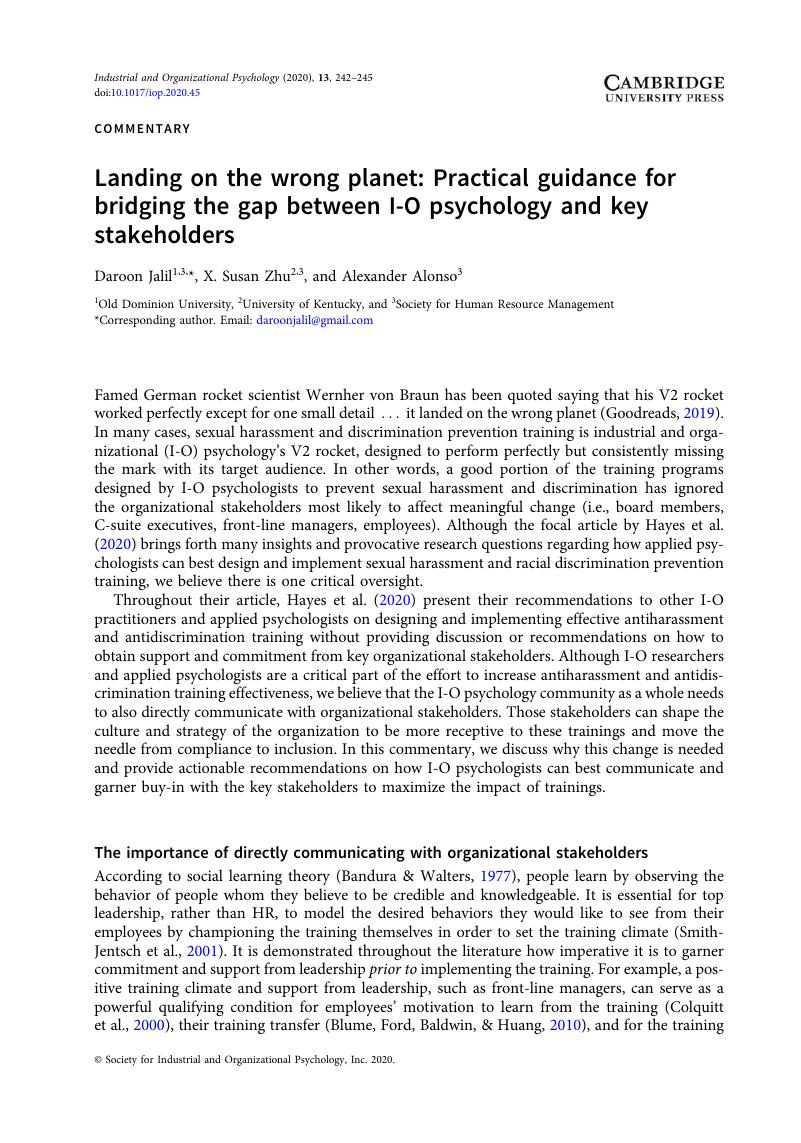Crossref Citations
This article has been cited by the following publications. This list is generated based on data provided by Crossref.
Arnold, John
Dries, Nicky
and
Gabriel, Yiannis
2021.
EJWOP Special Issue: Enhancing the Social Impact of Research in Work and Organizational Psychology – Beyond Academia.
European Journal of Work and Organizational Psychology,
Vol. 30,
Issue. 3,
p.
329.



